In Harm's Way or in the HARM's Way? [i]
AGM-88 HARM and 9M38 (Buk M1 missile) in Ukrainian use and friendly fire incidents
Introduction
Friendly fire incidents in Ukraine are common. They are particularly "spectacular" when an air-defense missile, due to some reason, slams into a residential building. Some of them do not hit their target, some lose control due to mechanical or electrical malfunctions, some fall into foreign territory killing innocent civilians (like the one in Poland), and some hit friendly airplanes. Cases like this are ongoing. One of the reasons for malfunctions is simply the use of old stocks without proper maintenance and refurbishments. Even the foreign-delivered missiles are prone to this for the same reason. Ukraine, in the end, is a giant dumpster where all surplus equipment and weapons are delivered because it is much simpler to ship them there than to follow the proper recycling and disposal procedures. Ukraine is accepting everything - from faulty missiles, and broken equipment to some of the newer production. It is a great opportunity to sweep and clean all warehouses for the Western allies.
Not surprisingly, the much prized AGM-88 HARMs bearing production dates in the 90s is one of these weapons. From time to time they hit randomly, some even into the radar transmitter (so far only Ukrainians have claimed that) but the attack on Konstantinovka is something that brought the thoughts of the HARM missile into the war crime category because of the sheer scale of the civilian casualties. The other “perpetrator”, as per some reports, may be the old 9M38 missile common in the Ukrainian air defense units operating Buk-M1 system.
Was that really a HARM missile, or was it a 9M38 launched by the Buk-M1 system, this article will elaborate.
Konstantinovka Attack
The strike took place on September 6, 2023, just hours after United States Secretary of State Blinken landed in Kiev. The Ukrainian officials and the Western media immediately foamed accusations against Russia. However, some other things started to pop up. The video recorded by the CCTV showed something else, and what is interesting for the forensic analysis of the attack is the video was published on Zelensky's Telegram channel. The video shows people turning toward the loud bang which after superimposing the position on the map shows it came from the roughly Druzhevka direction which is under Ukrainian control. Later the video was manipulated by some Western media to eliminate the sound and the reflection of the missile on the car roofs. No matter what manipulators tried, the missile came from the Ukrainian controlled areas. That is simply a fact.
The question is: was that an AGM-88, or the other “suspect”, an old 9M38, which is still standard missile launched by Buk-M1?
Lets first discuss the missiles:
AGM-88 HARM
The AGM-88 HARM (High-speed Anti-Radiation Missile) is a US-made tactical, air-to-surface anti-radiation missile designed to home in on electronic transmissions coming from surface-to-air radar systems. It was designed specifically to detect, attack, and destroy a radar antenna or electromagnetic wave transmitter within the specific bands and with minimum airplane crew involvement. Guidance is a proportional system that locks and homes in on enemy radar emissions. Constructively it has a fixed antenna and seeker head in the cone. The maximum speed is Mach-2.
The blast-fragmentation type warhead in HARM is designed to destroy enemy radars and vehicles such as command modules. When the missile carrying the warhead reaches a position close to an enemy missile control radar or other target, a pre-scored or pre-made band of metal on the warhead is detonated and pieces of metal are accelerated with high velocity, and they strike the target. Approximately 30 percent of the energy released by the explosive detonation is used to fragment the case and impart kinetic energy to the fragments. The balance of available energy creates a shock front and blast effects. The fragments overtake and pass through the shock wave after a short distance. The rate at which the velocity of the shock front decreases is generally much greater than the decrease in the velocity of the fragments. The radius of effective fragment damage, although target dependent, thus considerably exceeds the radius of effective blast damage in an air burst. The radar, the guidance station and everything along the way is showered with fragments.
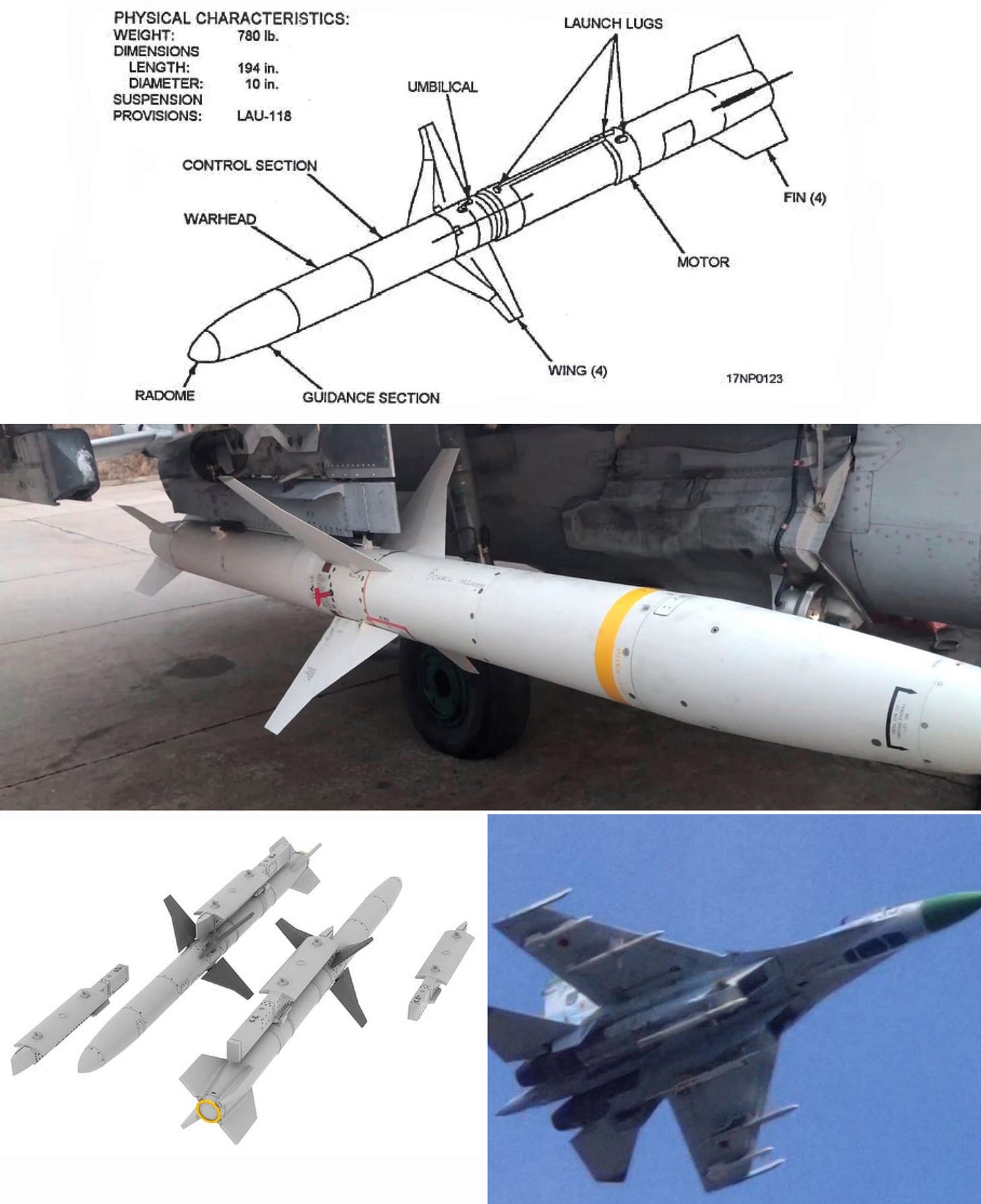
The missile consists of four sections: guidance, warhead, control, and rocket motor. The AGM-88A missile is powered by a Thiokol SR113-TC-1 dual-thrust (boost/sustain) low-smoke solid-fuel rocket motor and has a 66kg WDU-21/B blast-fragmentation warhead (25,000 steel fragments) in a WAU-7/B warhead section.
The warhead is triggered by an FMU-111/B laser proximity fuze. The seeker of the WGU-2/B guidance section has to be pre-tuned to likely threats at depot-level maintenance, so every base or ship has to store a selection of differently tuned HARM seeker heads. In flight, the AGM-88 is controlled by the WCU-2/B control section using four movable BSU-59/B mid-body fins and stabilized by fixed BSU-60/B tailfins.
The HARM can be used in three different operational modes, known as Pre-Briefed (PB), Target-of-Opportunity (TOO), and Self-Protect (SP). In PB mode, the long range (up to 150km) of the AGM-88 is used to launch the missile on a lofted trajectory towards a known threat. When the HARM reaches lock-on range, and detects the radar emission, it can home in on the target. If the target radar is switched off before a lock can be acquired, the missile destroys itself to avoid possible friendly casualties by the now unguided missile. In SP mode, the aircraft’s radar warning receiver is used to detect enemy emissions. The CP-1001B/AWG HARM Command Launch Computer (CLC) then decides which target to attack, transmits the data to the missile, and launches the AGM-88. TOO mode means that the seeker of the AGM-88 itself has detected a target, and the missile can be fired manually if the radar emission is identified as a threat. In SP and TOO modes, the AGM-88 can even be fired at targets behind the launching aircraft, although this of course significantly reduces the missile’s range. The AGM-88 missile has an inbuilt inertial system, so that whenever it has acquired a lock once, it will continue towards the target even if the emitter is shut down (although the CEP is larger in this case).
It is known that the US supplied a number of AGM-88 missiles to Ukraine (some of them even dating from the 1990s) and specialists from Raytheon Technologies allegedly helped to adapt HARM for firing from the MiG-29s and Su-27s.
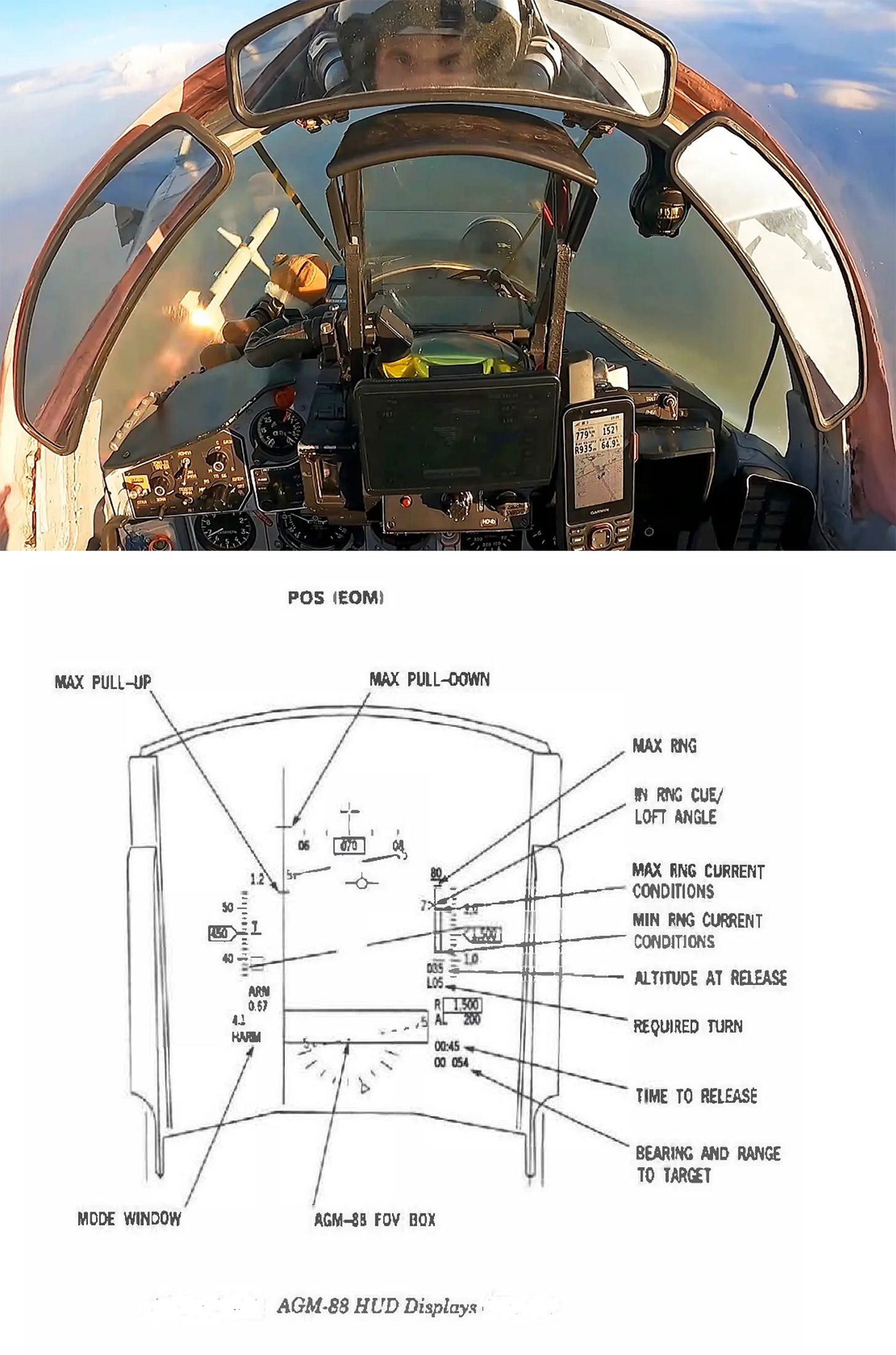
An LAU-118/A pylon which is the standard carrier for a HARM missile is attached to the MiG-29’s native pylon with some modifications (Figure 5-35 bottom). During the flight, the AGM-88 HARM is powered by a portable battery attached to the plane. In some airplanes, a cable is stretched from the launcher to the pilot’s cabin, and it is connected to a radar radiation sensor and the launch button. The HARM sensor works continuously and is powered by the “external” battery; the launch of the missile occurs immediately after it detects radiation from Russian radars. When it comes to firing the missile, the MiG-29 needs to raise the nose by 20–30º to fire it in an arc trajectory to extend the firing range as much as possible. This is a rather improvised solution but it works. The MiG-29 approaches the radar’s expected zone and launches hoping that the missile will lock onto the radar. In a few instances, these missiles scored hits, but the vast majority were downed by Russian AD, or diverted and often hit decoys or even metal roofs that reflected electromagnetic radiation.
Russian AD and interceptors such as Su-35 are successfully downing Ukrainian MiG-29s in these “quasi-SEAD” attacks.
In the pro-Ukrainian media, AGM-88 has been celebrated as one more “wonder weapon” but in reality the effect is negligible.
9M38
The 9M38 missile uses a two-mode solid-fuel rocket motor with a total burning time of about 15 seconds. One of the characteristic signatures during the launch is a dense trail. 9M38 contains about 8,000 shrapnel elements in the warhead and, depending upon the model, it can consist of the different pre-formed fragments. The older 9N314 (Russian Cyrillic 9H314) version has two types - cubes of smaller size (up to 2.35 g each) and larger 10.5 gr each. The 9N314M1 has the same as the 9N314, with addition of the dovetail of which every fourth is in the shape of a dovetail.
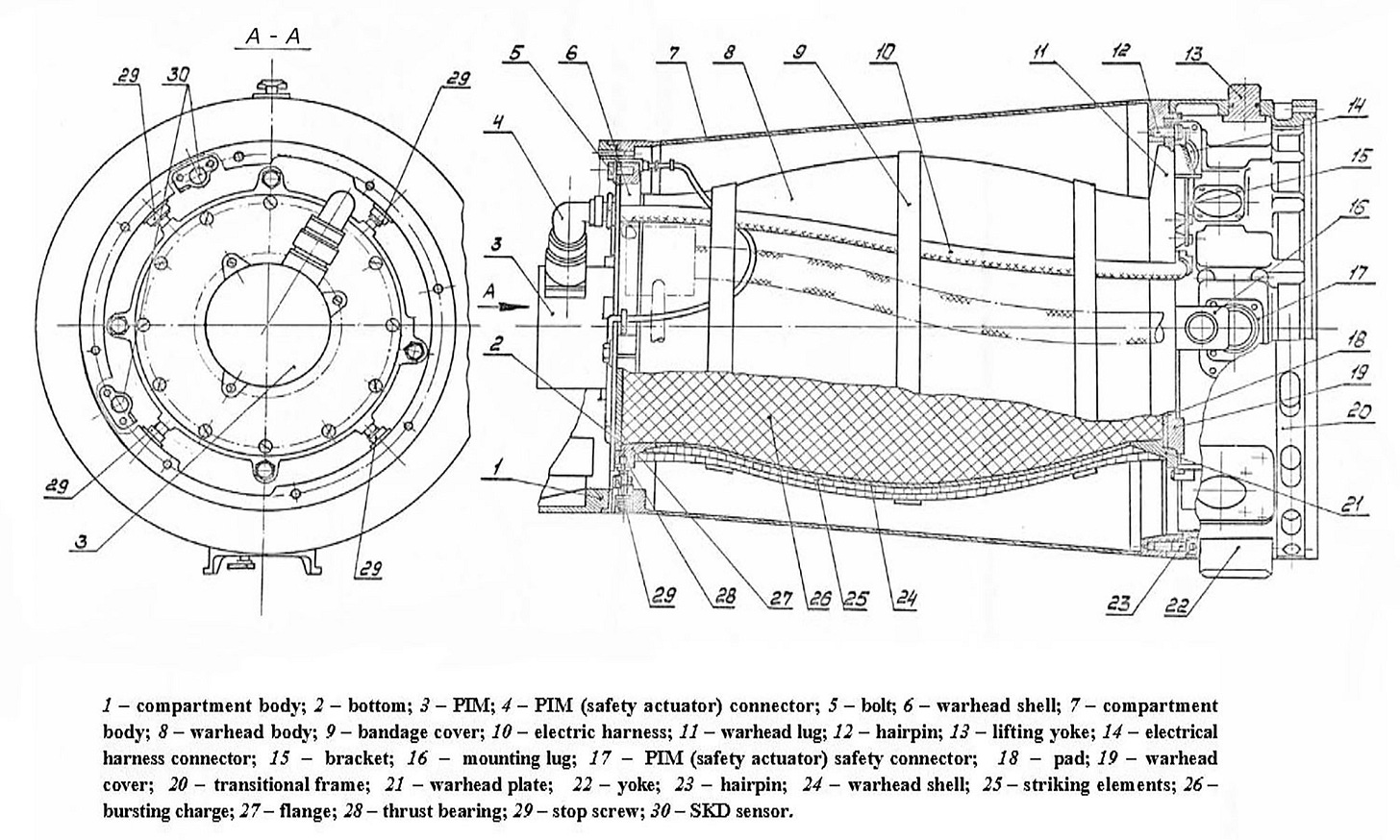
Analysis
It is evident from the available site photos that there is a lot of fragmentation damage.
There are many holes of which a significant number correspond with smaller cubes that may be associated with the HARM warhead. But also 9M38’s 9N314 has a significant number of these small cubes as well, so judging just by the size of cubes is only possible if a large number of them are collected and measured. Also during the explosion, there are other fragments that can also cause different hole sizes.
So how to differentiate if not just by the photos? The answer would be: it’s very difficult. However, there is another source that can be used, and that is the sound. There is a moment of the loud sonic boom that is associated with the breaking of the sound barrier. For the sake of discussion, if the missile is launched by the plane at a low level, after 1.5 seconds it will get supersonic and it is a logical tactical maneuver for the plane to accelerate immediately to get out of the potentially danger zone. HARM in this case will continue toward the source of the specific spectrum of the electromagnetic radiation. There is a possibility that, based on the way Ukrainian pilots are launching them, it was detection of a signal. This was transferred to the pilot, who launched the missile but these old missiles are prone to pick up any similar frequencies, without distinguishing them from the emitter such as the radar. Once launched, the missile will continue toward the source and the warhead will be armed. There were some cases when the HARM was attracted by the reflection from the metal roofs or decoys.
Regarding the Buk option, the Western media, after the first initial blame on Russia, got some extraordinary “findings” from their scope of work that it was a Ukrainian attack with a malfunctioning air defense missile.
"...evidence collected and analyzed by The New York Times, including missile fragments, satellite imagery, witness accounts, and social media posts, strongly suggests the catastrophic strike was the result of an errant Ukrainian air defense missile fired by a Buk launch system...”
According to NYT, “…The attack appears to have been a tragic mishap. Air defense experts say missiles like the one that hit the market can go off course for a variety of reasons, including an electronic malfunction or a guidance fin that is damaged or sheared off at the time of launch...."
Buk launch is known for its large and long smoke trail, and there were no reports of the smoke trail characteristic of the 9M38 missile from Konstantinovka itself. However, there are some eyewitnesses (as per NYT) but it doesn't mean that 9M38 was not launched simply because it could be launched anywhere within 3-30 km. According to the NYT, "...two witnesses who spoke to The Times said they saw the missiles being fired from Druzhkivka in the direction of the Russian front line around the time of the strike; one of them said he saw the missiles going in the direction of Konstantinovka. A Ukrainian soldier stationed in Druzhkivka, who asked to remain anonymous, also said he heard two missile launches at around the same time..." (Druzhkivka is about 10 km NW from Konstantinovka).
Two missiles would be optimal to engage aerial target simply because increased probability of destruction.
One of the witnesses also said the missiles were launched from fields on the outskirts of the town , a place residents say is used by the Ukrainian military and from which they have previously seen air defense missiles.
NYT showed the possible position of the launcher as well as the alleged impact crater. However, there are no remains of the 9M38 missile. It is a very big one, bigger than the HARM and during the explosion of the warhead, in many cases, pieces of the body are ejected as well as the tail stabilizers. The same is true with the HARM. These two components would be sufficient to determine what was the cause.
It is obvious that it came from the Ukrainian side, and as of the time of writing this article they are still performing the investigation even though it is highly likely that they knew the truth from the beginning.
There is merit in both theories. So without properly examining the fragments, patterns, and/or any missile debris, which can’t be achieved without the physical presence in the site; the conclusion is there is no firm conclusion.
The article will stop here and let the readers draw conclusions. The bottom line is not to be caught in the media and political outburst immediately after events like this. Those who push them are, in the large majority, just ordinary charlatans.
References:
[1] M. Mihajlovic: Rockets and Missiles Over Ukraine: The Changing Face of War
[2] M. Mihajlovic: Defending Putin’s Empire: Russia’s Air Defence System
[3] New York Time article: https://www.nytimes.com/2023/09/18/world/europe/ukraine-missile-kostiantynivka-market.html
If you like the article (and much more articles regarding military subjects will come) you can buy me a coffee:
https://www.buymeacoffee.com/mmihajloviW
[i] Edited by Piquet (EditPiquet@gmail.com)







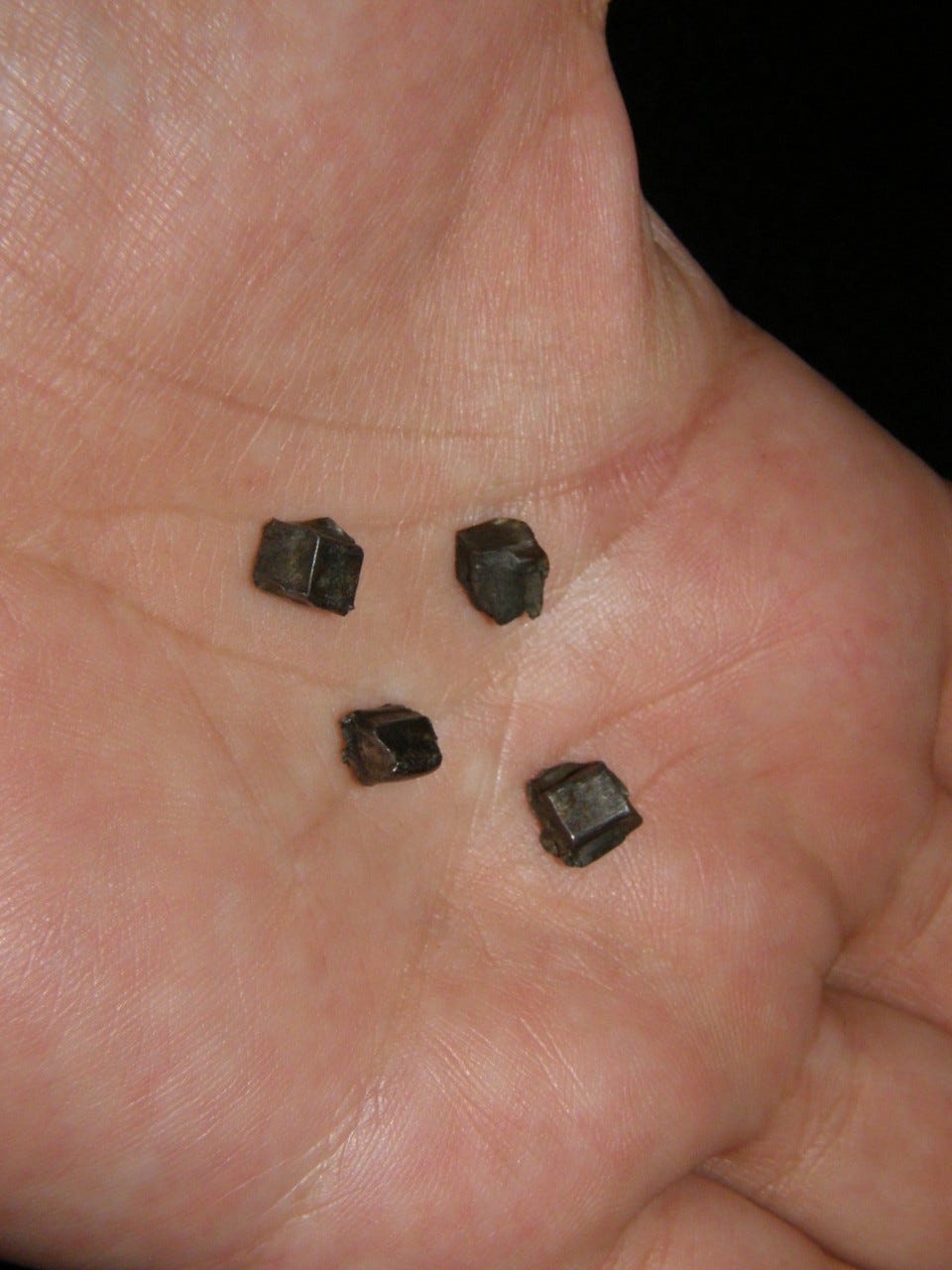


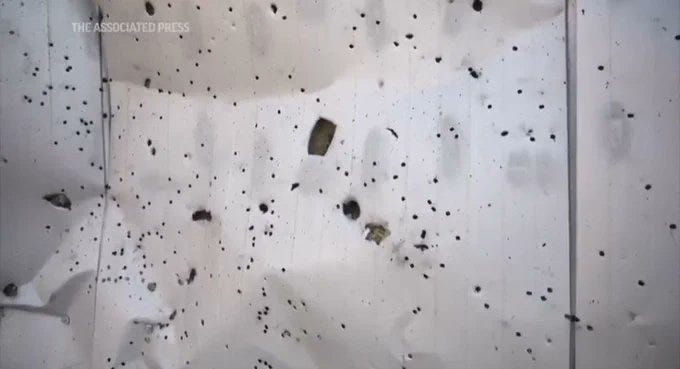
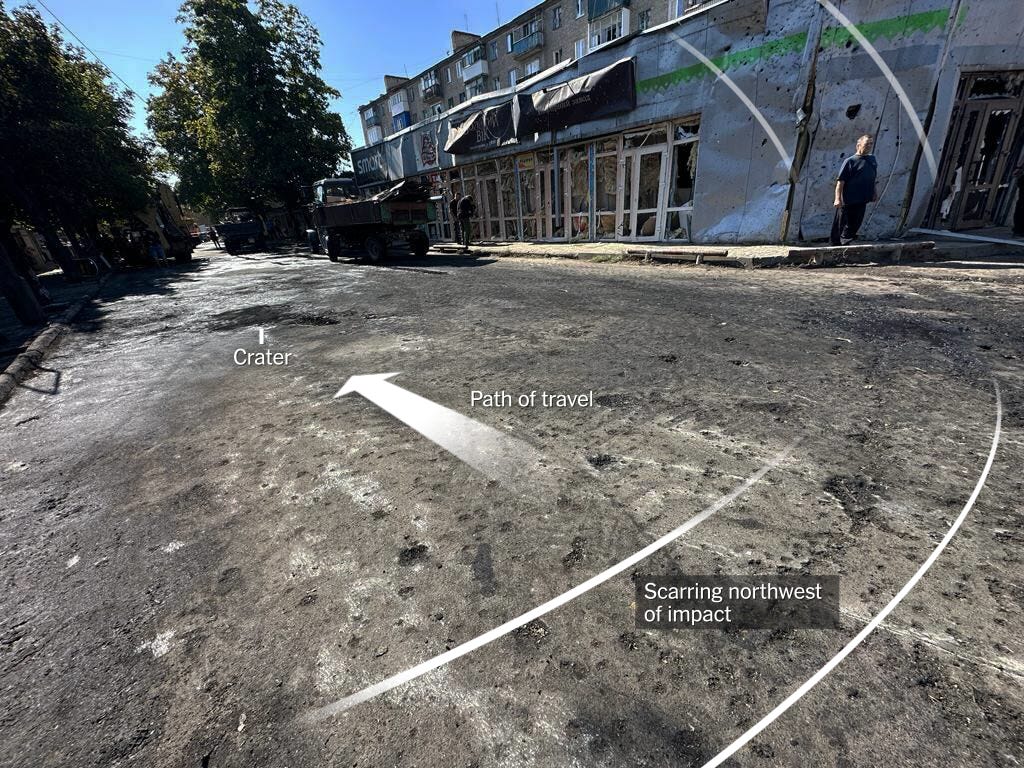
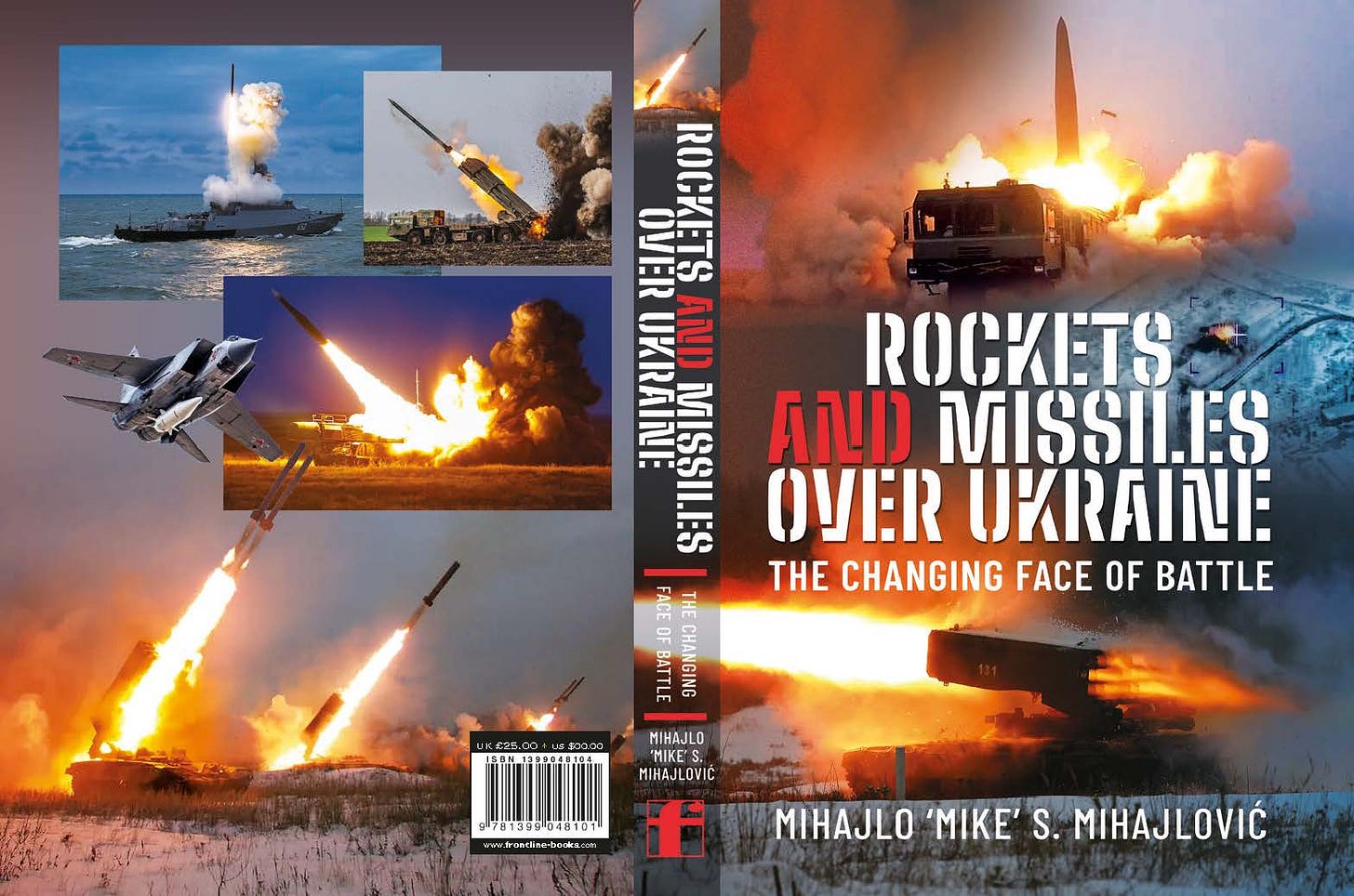
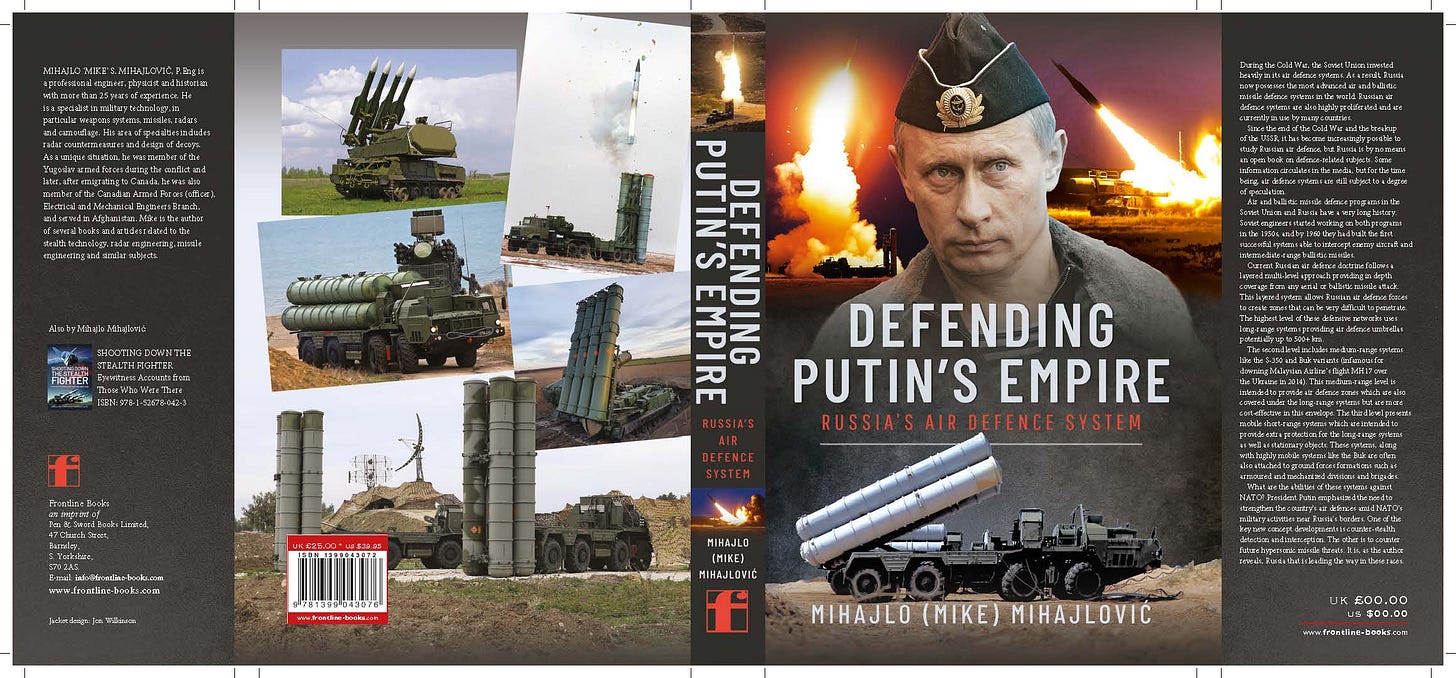
Good evening Mike: may I ask you invest your competences in the "Gaza hospital bombing"???
Thank you very much for your job!
Thank you Mike!